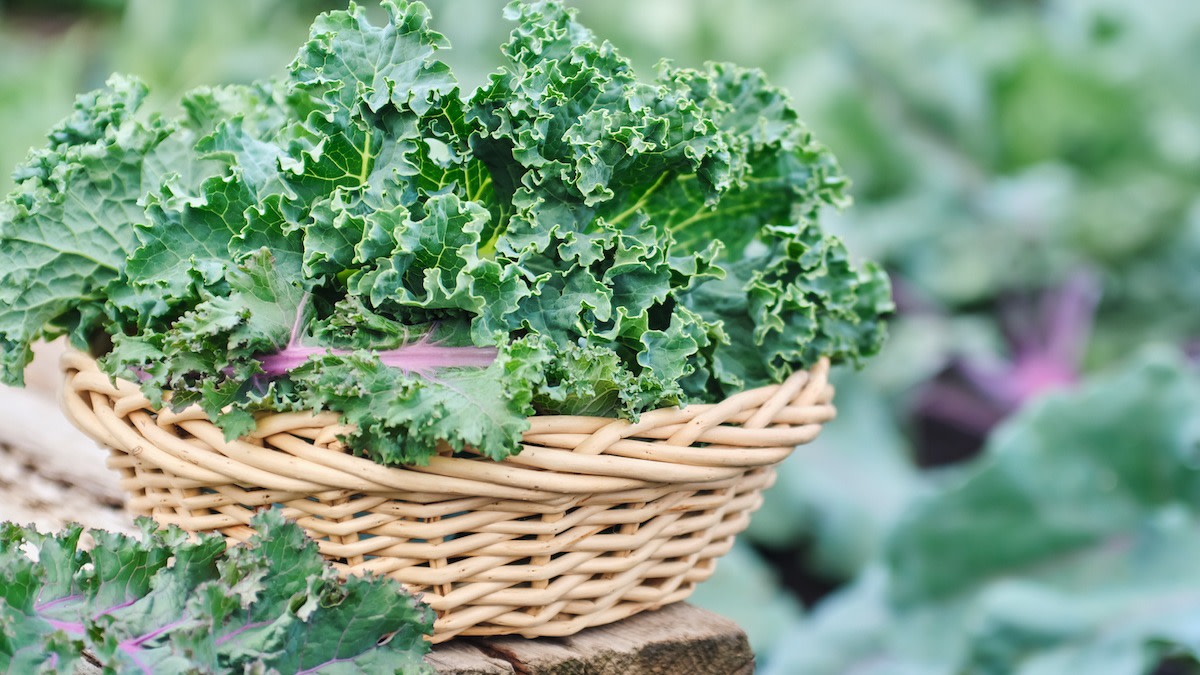Kale Companion Planting Guide: 7 Plants to Pair With Kale
Written by MasterClass
Last updated: Jun 7, 2021 • 3 min read
Companion plants protect kale from pests and boost its growth.
Learn From the Best
What Is Companion Planting?
Companion planting is a time-tested gardening method that enriches and protects vulnerable crops. Farmers and gardeners plant specific crops near each other in order to deter pests, attract beneficial insects, and stimulate growth.
What Are the Benefits of Companion Planting?
Companion plants will either help a specific crop grow or will grow better beside a specific crop, and can do many support jobs in the garden:
- 1. Repel insect pests. Cabbage worms, cucumber beetles, Mexican bean beetles, carrot flies, cabbage moths—all kinds of pests can plague vegetable gardens. Many companion plants (like marigold flowers, catnip, and rue) repel specific pests and should be planted near certain crops to keep them pest-free.
- 2. Attract beneficial insects. Pollinators like bees and ladybugs can use a little encouragement to visit vegetable gardens and pollinate the crops. Gardeners often plant attractive plants like borage flowers to encourage pollinators to visit.
- 3. Improve soil nutrients. When crops grow, they take up valuable nutrients from the soil—leaving the gardener to do a lot of work at the end of the season to renew the soil’s nutrients. However, there are many companion plants (like bush beans and pole beans) that add nutrients like nitrogen back into the soil, helping keep other plants healthy.
- 4. Encourage faster growth and better taste. Many companion plants (like marjoram, chamomile, and summer savory) release specific chemicals that encourage faster growth or better taste in the plants around them.
- 5. Provide ground cover. Plants that spread low across the ground (like oregano) serve as a blanket over the soil, protecting it from the sun and keeping it cooler for plants that benefit from lower temperatures.
- 6. Provide necessary shade. Plants that grow tall and leafy (like zucchini and asparagus) can provide welcome shade for sun-sensitive plants beneath them.
- 7. Serve as markers. When growing slow-growing plants, it can be difficult to tell where the rows will be while you’re waiting for the seeds to sprout. Gardeners often use fast-growing plants (like radishes) interspersed with the slow growers in their rows to delineate where the slow growers will be.
7 Companion Plants to Grow With Kale
Kale (Brassica oleracea) is a leafy green vegetable and member of the cabbage family. Varieties include lacinato, red Russian, and dinosaur kale. Avoid planting kale with other brassicas (like broccoli, kohlrabi, cauliflower, brussels sprouts, and Swiss chard), as they can fall prey to the same pests and diseases. Beneficial companion plants to grow alongside kale include:
- 1. Cilantro: Cilantro is one of the best companion plants for kale because it attracts beneficial insects like hoverflies that prey on common pests like aphids.
- 2. Dill: Dill is more than just a great ingredient for pickling; it makes a good companion plant for kale and other vegetables. In addition to attracting pollinators that aid plant growth, dill attracts beneficial insects that prey on pests. Planting dill near kale will protect kale seedlings as they mature.
- 3. Alliums: Alliums like chives, shallots, and leeks deter common pests like flea beetles, cabbage loopers, and aphids that prey on kale leaves.
- 4. Legumes: Legumes of all varieties enrich the soil around your kale by increasing the soil’s nitrogen content. Planting pole beans or bush beans in your garden can help you grow healthy, flavorful kale.
- 5. Catnip: Catnip is a useful companion plant that can aid a variety of vegetables and flowers by repelling pests and attracting beneficial insect predators. Plant catnip around your garden to protect your kale from pests.
- 6. Marigolds: Flowers like marigolds and sweet alyssum attract hoverflies that feed on aphids and prevent them from damaging your kale plants.
- 7. Buckwheat: Buckwheat serves as a ground cover, sealing moisture in the soil and smothering weeds so your kale can grow in ideal conditions. Buckwheat also attracts beneficial insects and increases the nitrogen content of the soil.
Learn More
Grow your own food with Ron Finley, the self-described "Gangster Gardener." Get the MasterClass Annual Membership and learn how to cultivate fresh herbs and vegetables, keep your house plants alive, and use compost to make your community - and the world - a better place.
